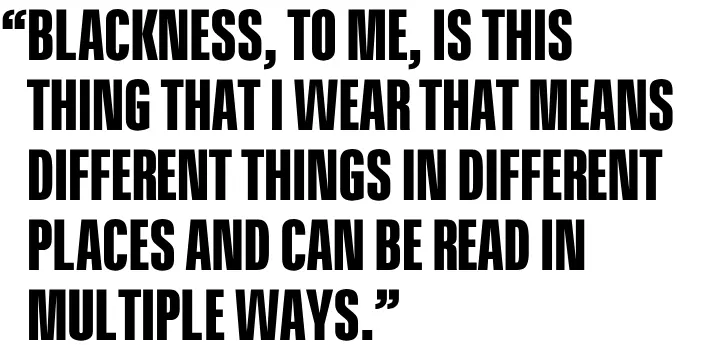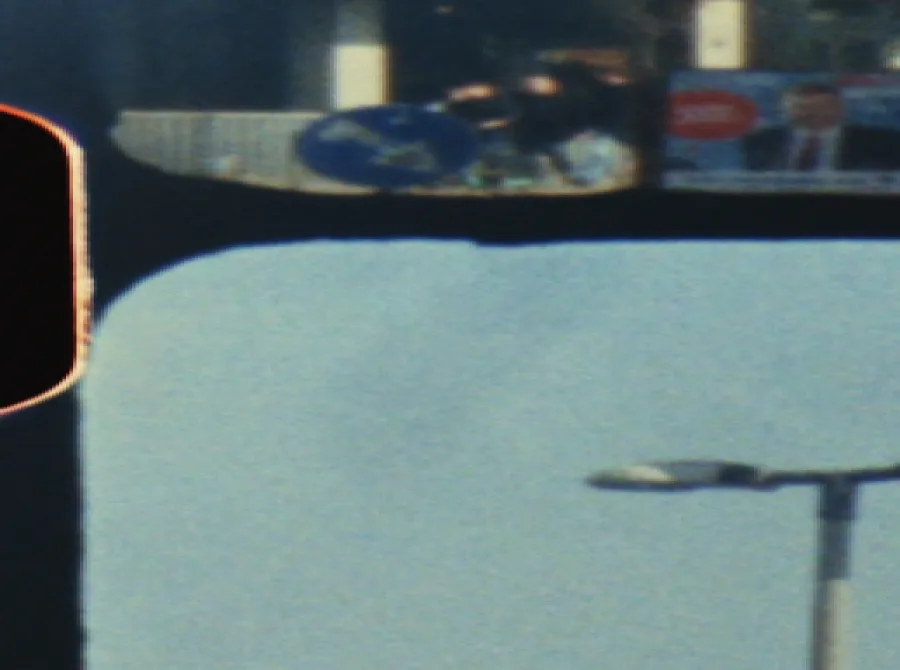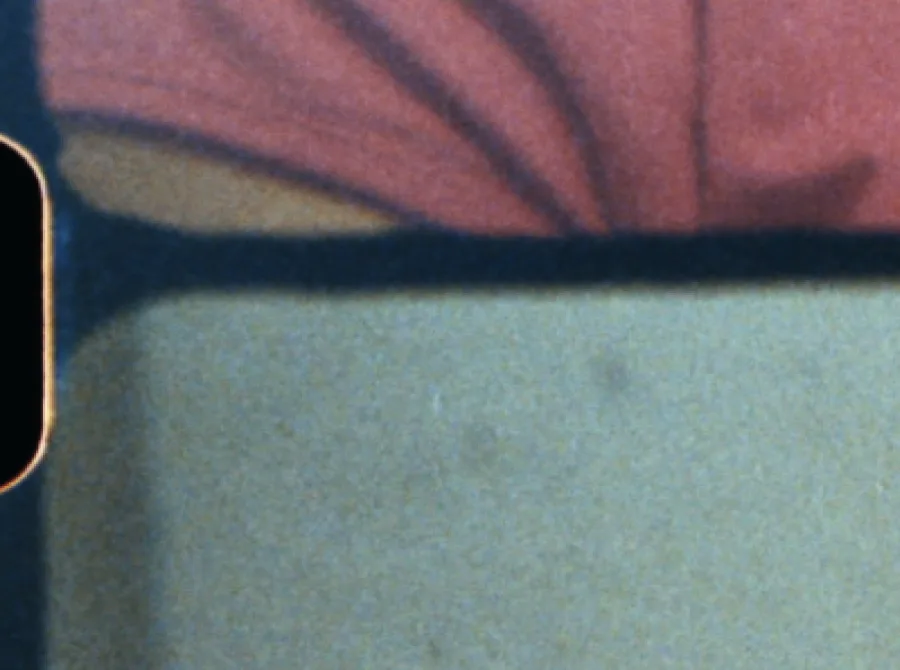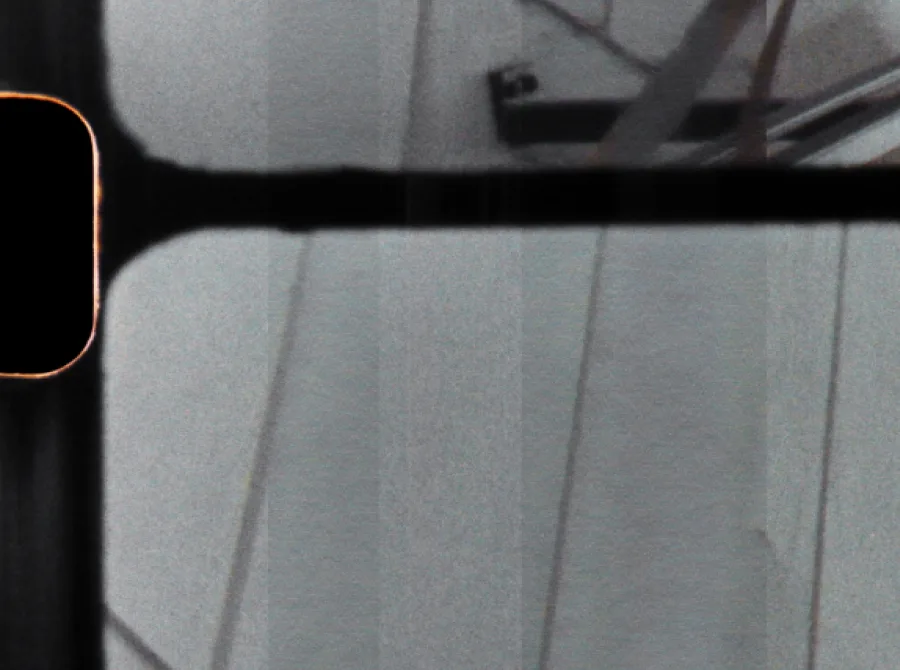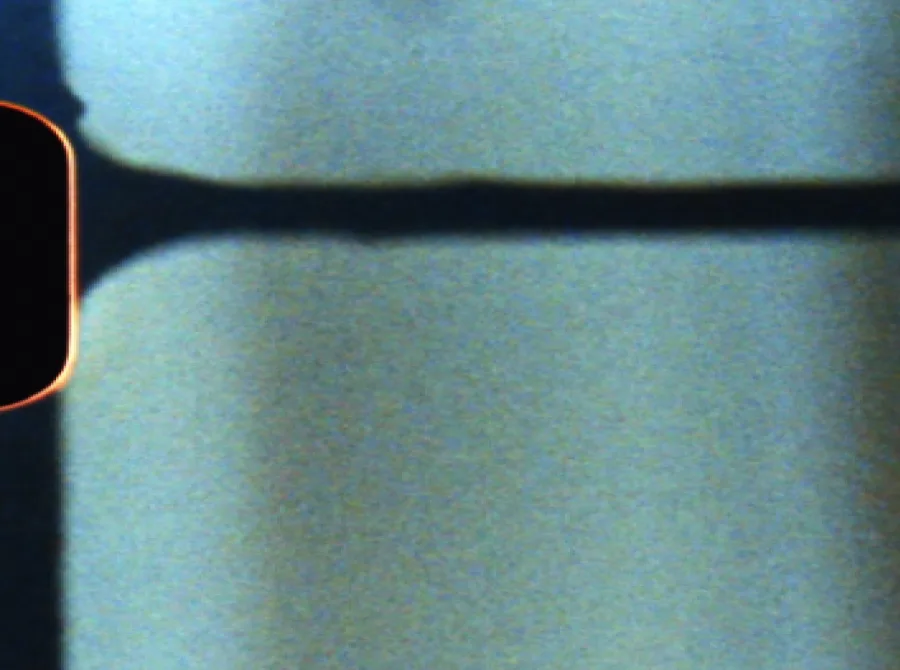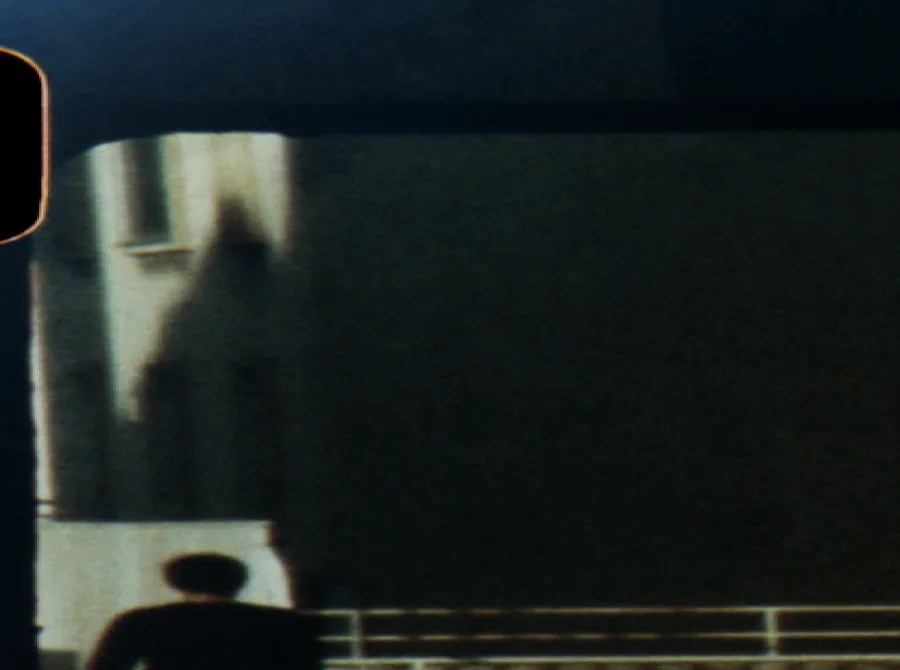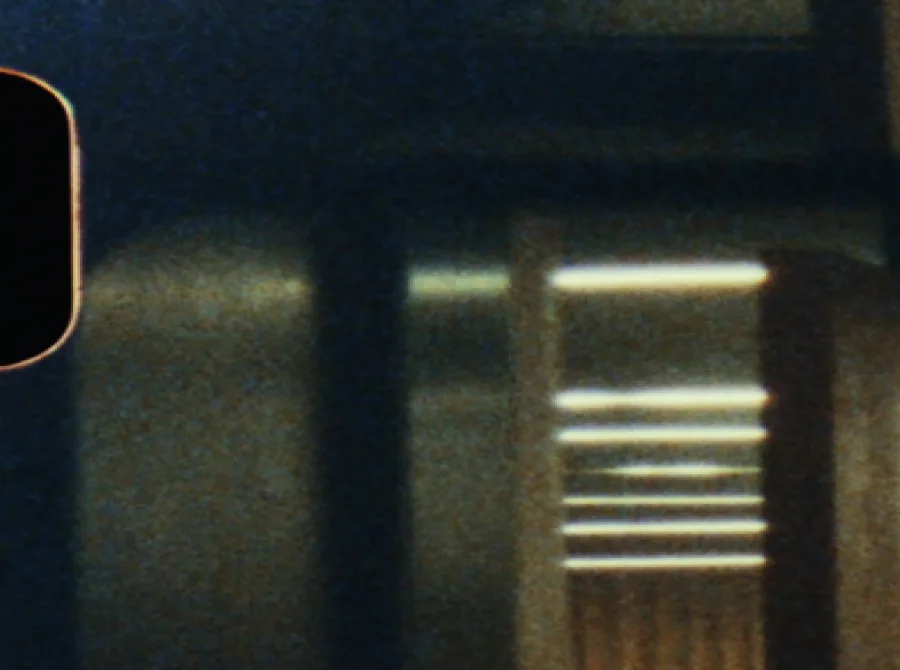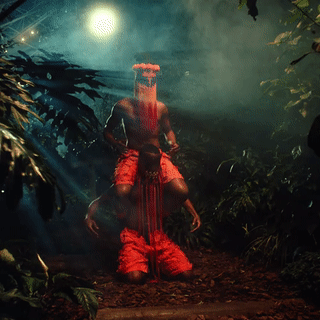
WePresent has partnered with the Barbican to co-commission Sierra Leonean artist Julianknxx on his multimedia film installation “Chorus in Rememory of Flight.” For this piece of work, the artist traveled around Europe, exploring largely untold stories of Black and African diasporic realities and collaborating with local musicians and choirs. The project will be on show in The Curve gallery at the Barbican, London from 14 September 2023 to 11 February 2024. Writer Precious Adesina meets Julian at home in London to learn how he has made this new cinematic archive of Black lives.
Watch a WePresent-exclusive online edition of “Chorus in Rememory of Flight” below, and scroll to the bottom of this page to explore the other chapters in this commission.
The Black stories that reach the limelight often centre around the same aspects of British and American history. But the London-based Sierra Leonean artist Julian Knox, known professionally as Julianknxx, is changing that. “I want to see how those lines lead back to the spaces I’m in,” he says in his studio in central London, wearing a black jumper, dark trousers and large tortoiseshell glasses. Knox’s interest in lesser-known Black histories—suggested by the copious amounts of books surrounding him—has especially fuelled his latest work in progress, “Chorus in Rememory of Flight,” a multi-screen video piece in collaboration with the London arts organization the Barbican and WePresent. It will be shown at the Barbican exhibition space, The Curve, from September.
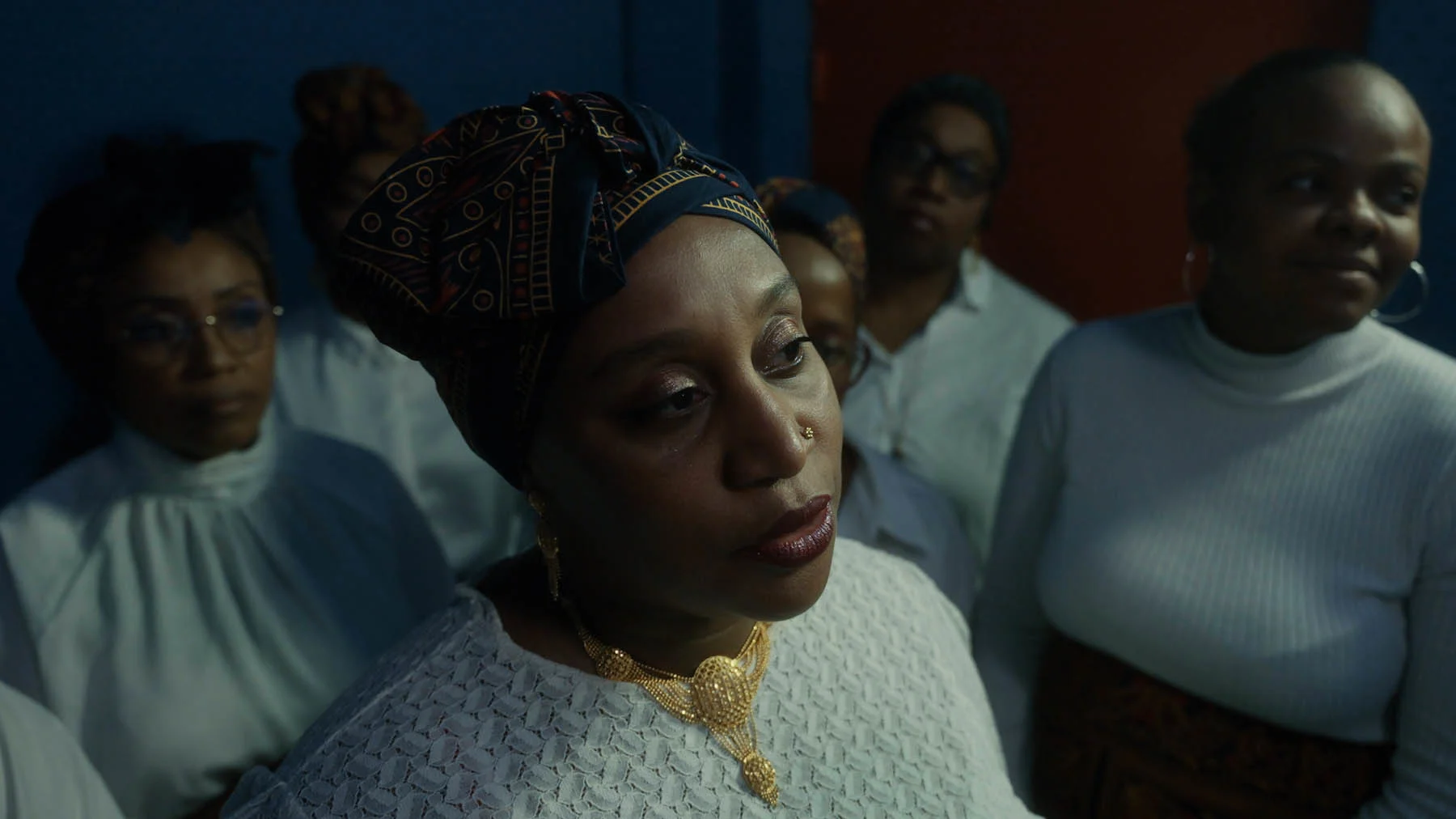
The 36-year-old creates pieces that elegantly combine poetry, music and film. Knox says he is curious about “how poems live outside of the stage”, noting that while most of his work centers around weighty topics, he also wants to create “beautiful moments”. One of Knox's most popular pieces, “Black Corporeal (Between This Air)”, filmed in 2020 during the first lockdown in the UK, has been made into four-minute and 13-minute-long video works exploring the hyper-politicized relationship between Black bodies and breathing. It is, as he wrote in his artist statement at the time, “more than our lungs’ ability to take in air, but a reflection of the way we live, individually and together”.

Alongside his words, the videos feature dancers dressed vibrantly, as well as a choir repeating the refrain “breathe”. His unique approach to poetry has seen his art exhibited and performed at many international establishments, including Whitechapel Gallery in London, Gulbenkian in Lisbon and Stedelijk Museum in the Netherlands. “Knox’s practice is like nothing that I’ve seen before, and it excites me because it communicates many of the ideas and questions many of us who are of the African diaspora are constantly exploring,” adds British-Nigerian curator Péjú Oshin, who included Julian’s work in “Rites of Passage”, an exhibition on contemporary artists who investigate histories of migration in their work, on at the London branch of the Gagosian. “He, for me, is one of the most exciting artists working today.”
Part of Knox’s interest in Black stories comes from his own. He grew up in Sierra Leone before being forced to leave the country for The Gambia at around 10 years old as a result of the civil war, later moving to the UK at the age of 15. “Blackness, to me, is this thing that I wear that means different things in different places and can be read in multiple ways,” he says. “I love exploring Blackness because when I was in Sierra Leone, I didn’t call myself a ‘Black person’ but when I came to England, I had to identify myself in that way.”

The year 2020 was a pivotal one for Knox for another reason; it was the first time he returned to his home country since he left. He explains that while he still strongly recognises himself as Sierra Leonean, it was a shock how much things there have changed. His last memories of the country were associated with the war (“burnt houses and the smell of smoke”) and the remnants of these ruins no longer existed on his return. “I spent the whole night crying. It was overwhelming,” he recalls. In response, Knox made “In Praise of Still Boys” (2020), reflecting on his childhood through the lens of young Sierra Leonean boys who live by the Atlantic Ocean. While working on the short film made him feel closer to home, it also made him aware of a sense of displacement. “It was the first time I felt like I was not all the way Sierra Leonean, but I’m not all the way British,” he says. “It altered the way I view myself.”
“Chorus in Rememory of Flight” will document Knox’s ventures in various European cities, including Antwerp, Lisbon, Amsterdam, Berlin, London, Hamburg, Barcelona and Marseille, where he has researched Black stories that the wider world is less likely to have encountered. He has found these accounts through meeting with different groups of creatives with his director of photography Pablo Rojo, and using what he calls a “listening practice.” “It’s just sitting down with people and listening to them, especially Black people,” he says, remarking that the idea is rooted in his African heritage, where listening to tales from people older than you is a common part of everyday life. “Back home, you listen to your elders—your uncle, your mum, your grandma—just saying stuff about the past or their day,” he says. What distinguishes this form of storytelling for Knox is that they are told “with a lot of aliveness,” an energy he hopes his work will capture.
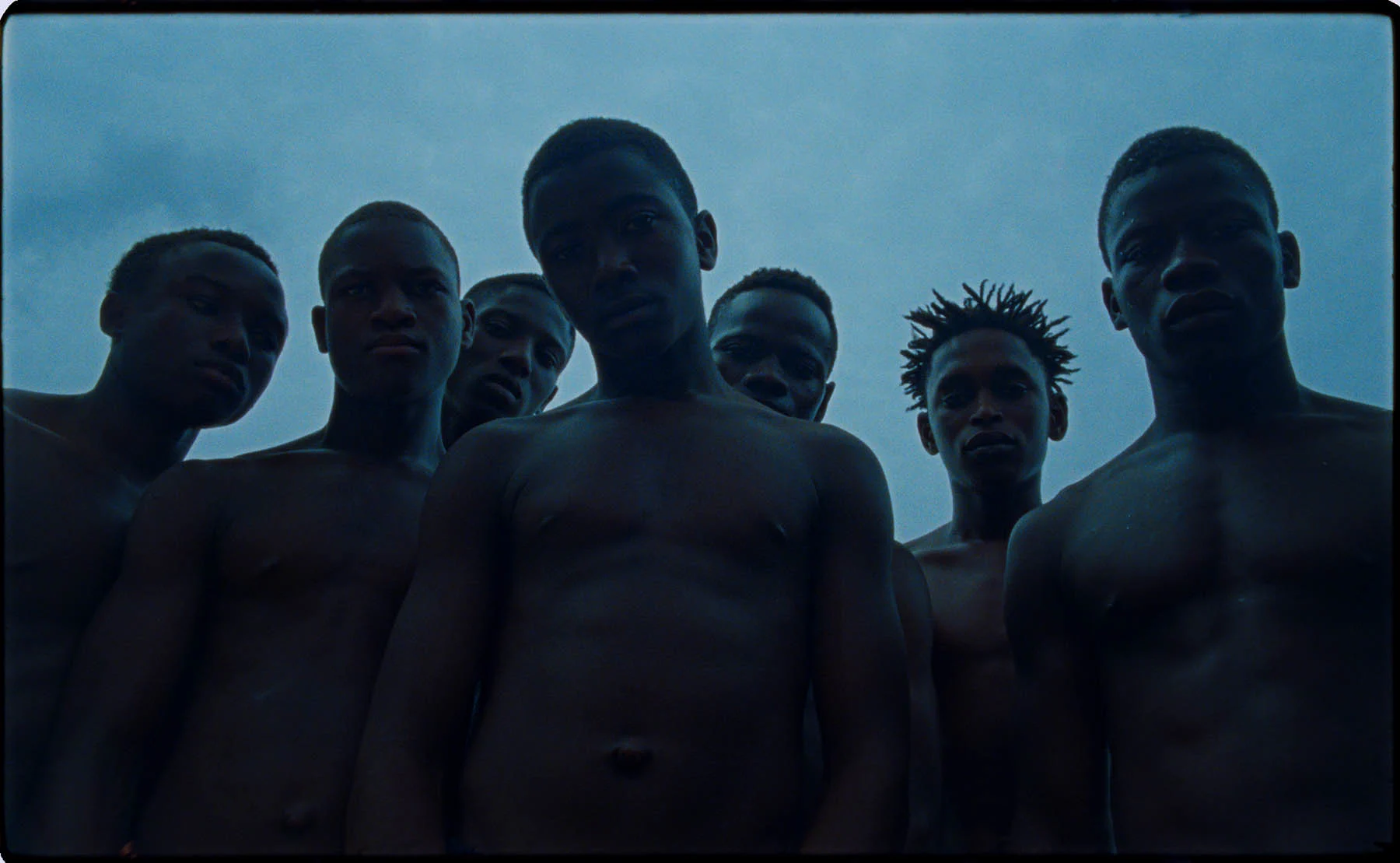
Knox approaches his “listening practice” by creating an informal environment where artists can express themselves however they see fit. “I say to them, ‘Whatever offering you want to give as part of my listening is what I’ll take’,’’ he says. Consequently, the experiences in the city vary considerably. One artist asked if Knox could film her sleeping because she was tired of talking. “So we went to her flat and sat down. She was wearing her robe. She talked to me for a couple of minutes and just went to bed.” Karel Kouelany, a male artist in Marseille, invited Knox to his performance, where he and another dancer, Joël Assebako, performed nude atop a stage covered in salt. “They have their own music that they are dancing to, but for the audience, all you can hear is the salts,” he says, adding that visitors were encouraged to bring their own headphones though many chose to listen to the sound of their movement. The performance was an artistic reinterpretation of a Congolese ritual that serves as a rite of passage for young men. In Berlin, another performer Natisa Ka asked Knox to meet him inside an underground train station at six o’clock. When Knox arrived, he was shirtless and equipped with a boombox to accompany his seemingly improvised dance exhibited among curious commuters. “The whole train station was mesmerized by what he was doing,” Knox says. “It was a dialogue—him using his body as a way to show what the city was like for him.”
Most notably, as part of these trips, Knox spent time with choirs, a recurring theme in much of his work. In Marseille, the artist met with Chœur Boras: an all-women group from the Comoro Islands. According to Knox, the husband of the choir's lead singer returned to the Comoro Islands to document the lullabies women sang to their children, a vital part of Comorian oral traditions. In “Africa: An Encyclopedia of Culture and Society,” edited by Toyin Falola and Daniel Jean-Jacques, it is written that, “the lullabies focus, among other things, on the challenges of pregnancy, difficulties related to education, the dreams of a better future, and the expectation for the child. Over time, these lullabies have become a repository of information on Comorian society.” The lead singer’s husband grew up listening to these lullabies and hopes the choir will not only keep this form of singing alive among his community in Marseille but help to ensure that knowledge of such traditions is not lost with time. “He went back to collect [the lullabies] and asked his wife what they could do with them, and she started the choir,” Knox says, noting that when he visited the group, they cooked and sang for him.
Knox hopes his work will serve as a “living archive with a trail” for alternative histories that people have yet to have explored or that have been “intentionally” erased from contemporary knowledge. “Part of that, I think, is searching and looking at the multiple ways we’ve come into Europe and exist in Europe,” he says. His work, a powerful lullaby of its own, is just the beginning.
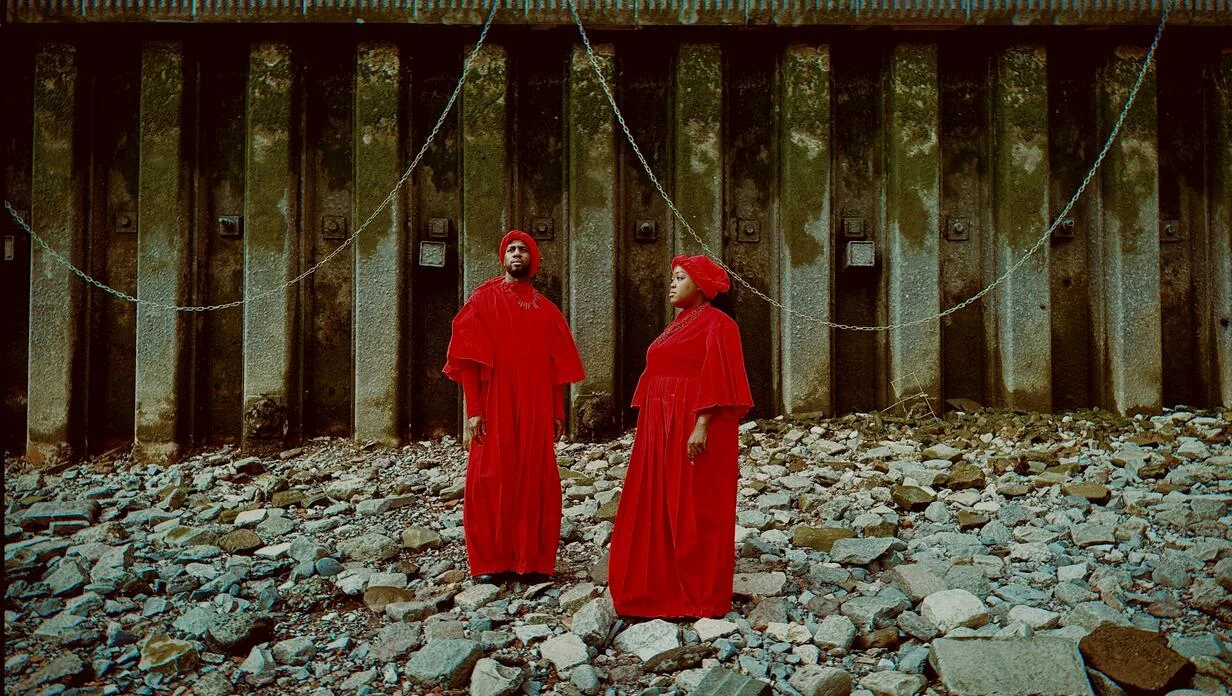
Explore Julianknxx’s experiences in the seven cities he visited to make “Chorus in Rememory of Flight”

“Chorus in Rememory of Flight” has been co-commissioned by the Barbican and WePresent by WeTransfer in partnership with Calouste Gulbenkian Foundation and with support from De Singel.


